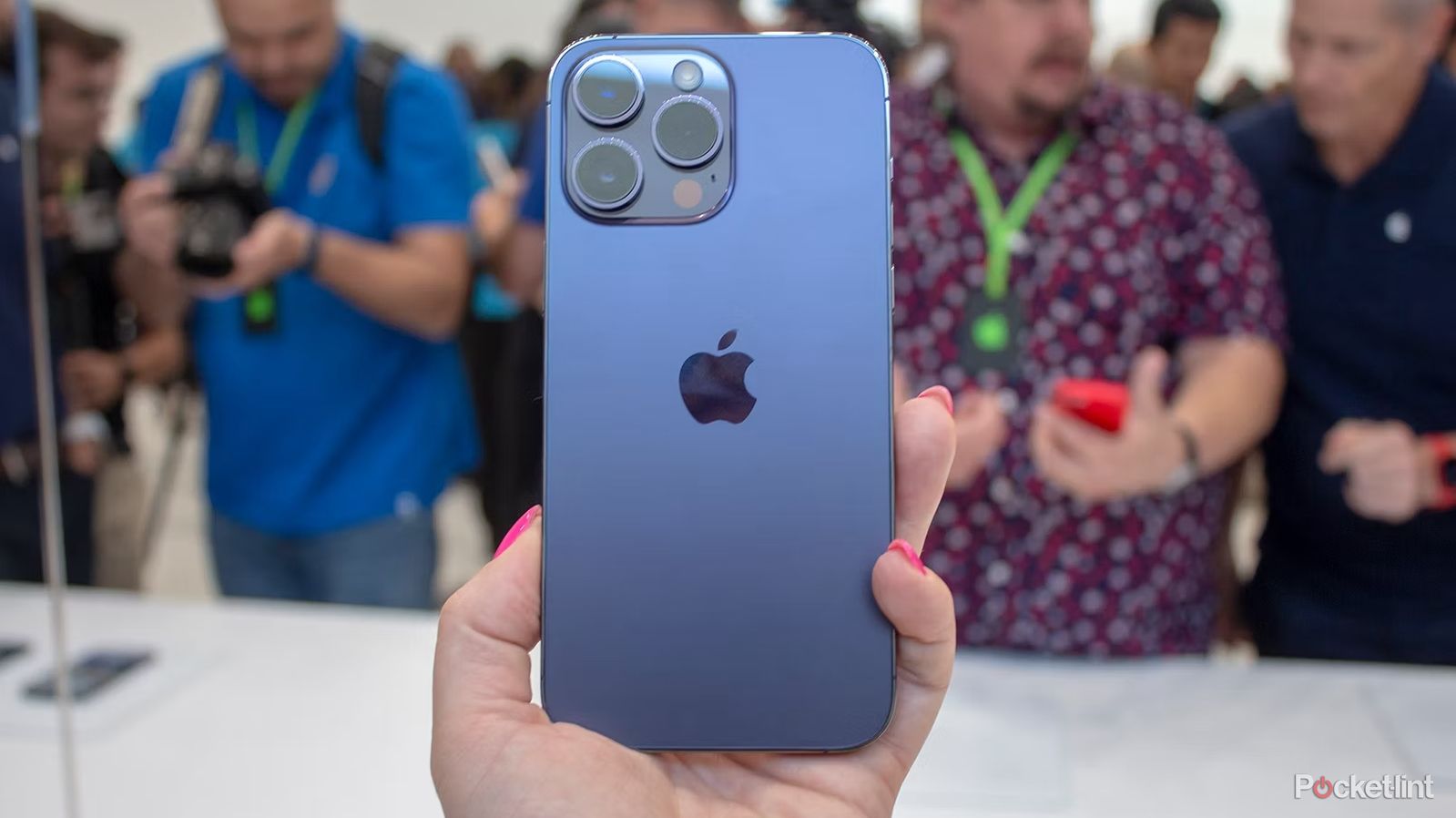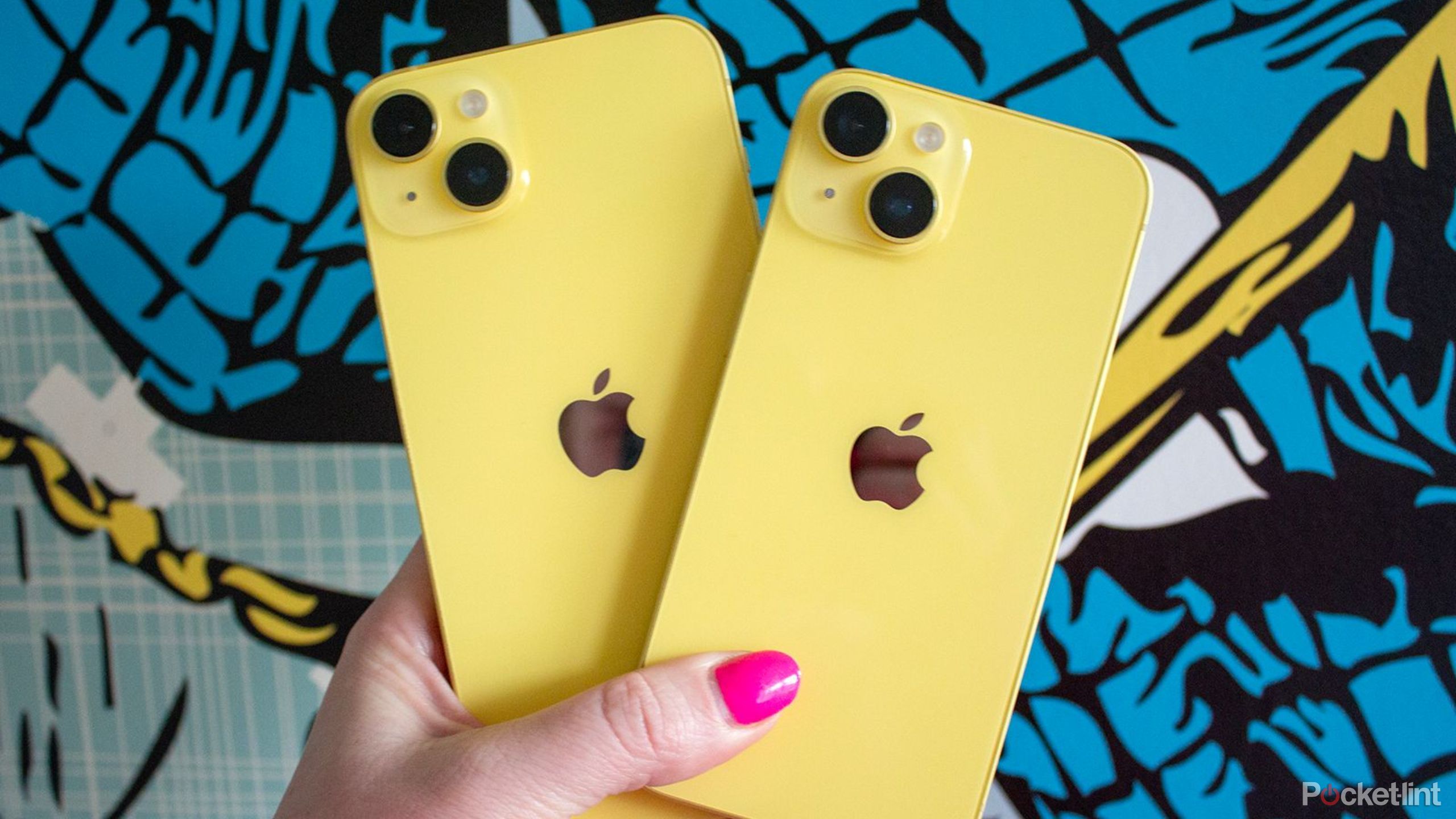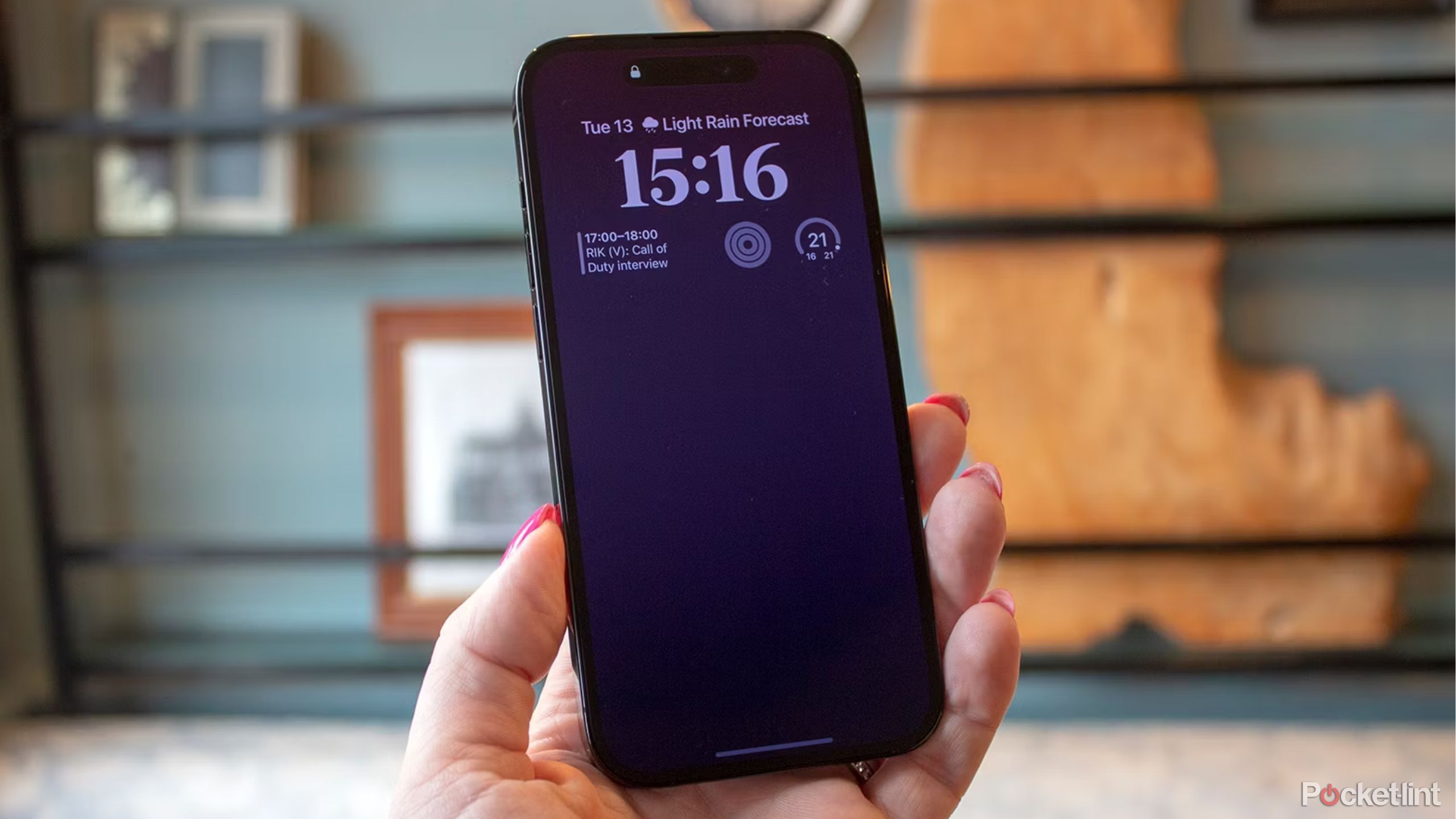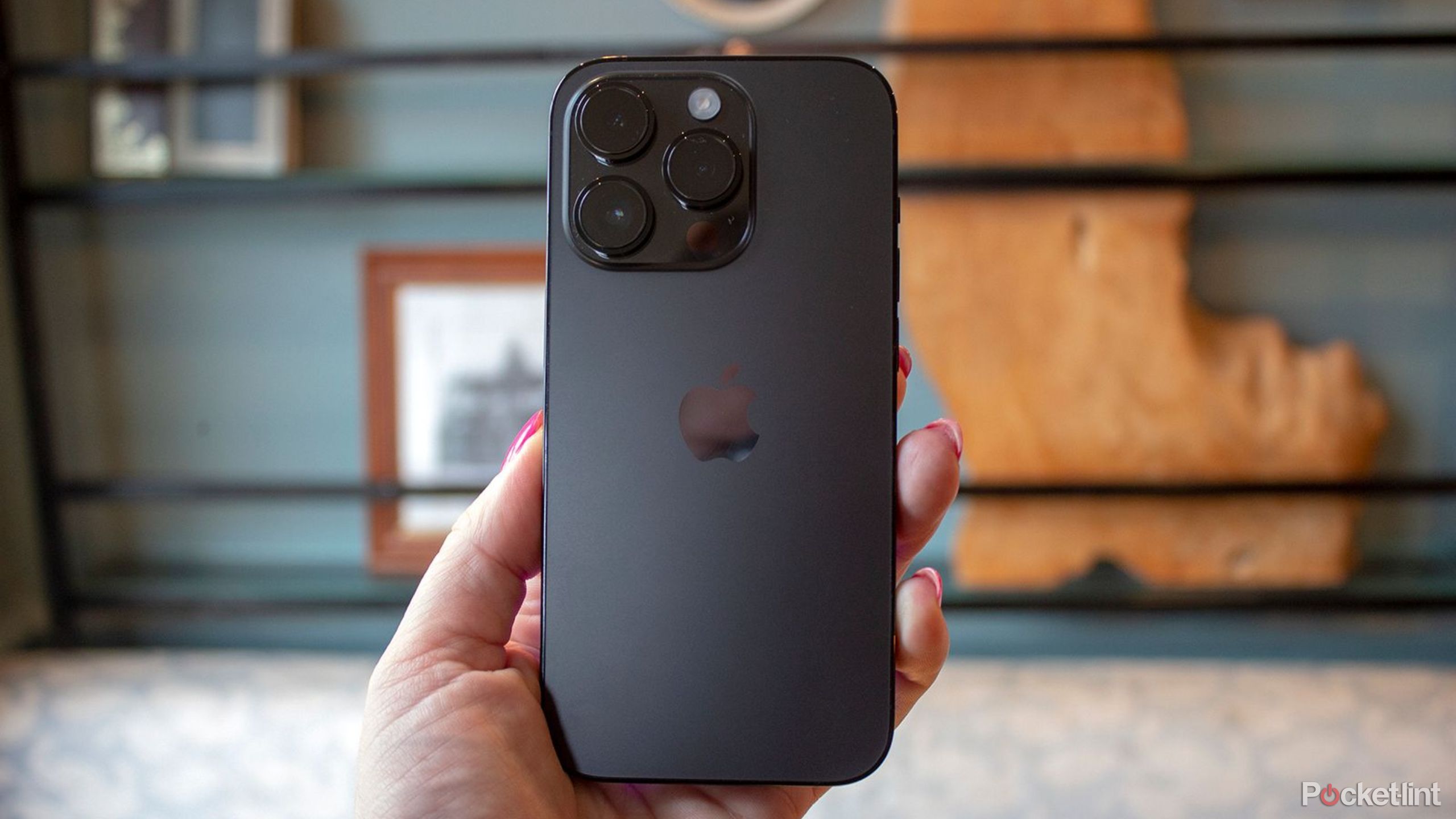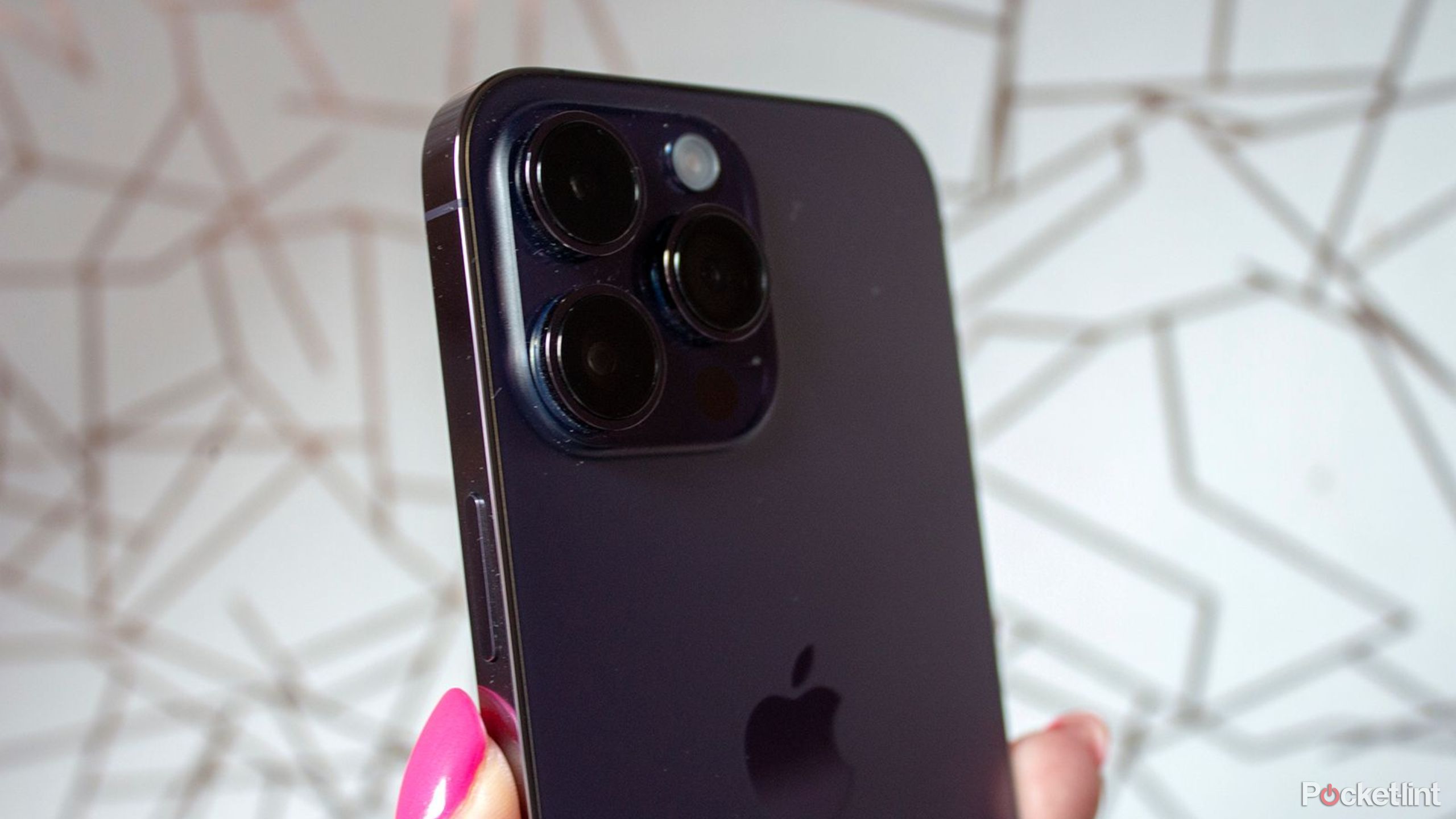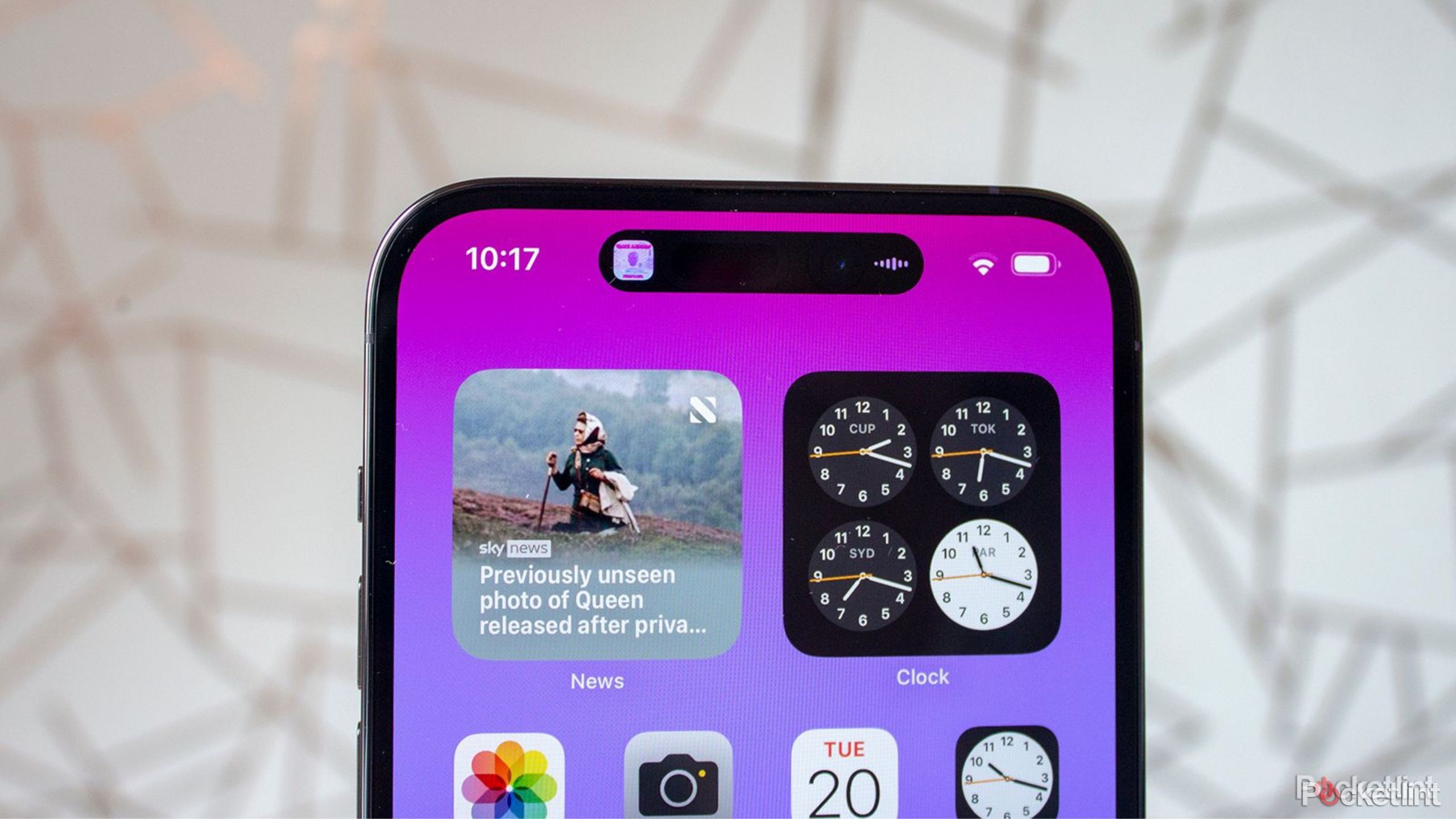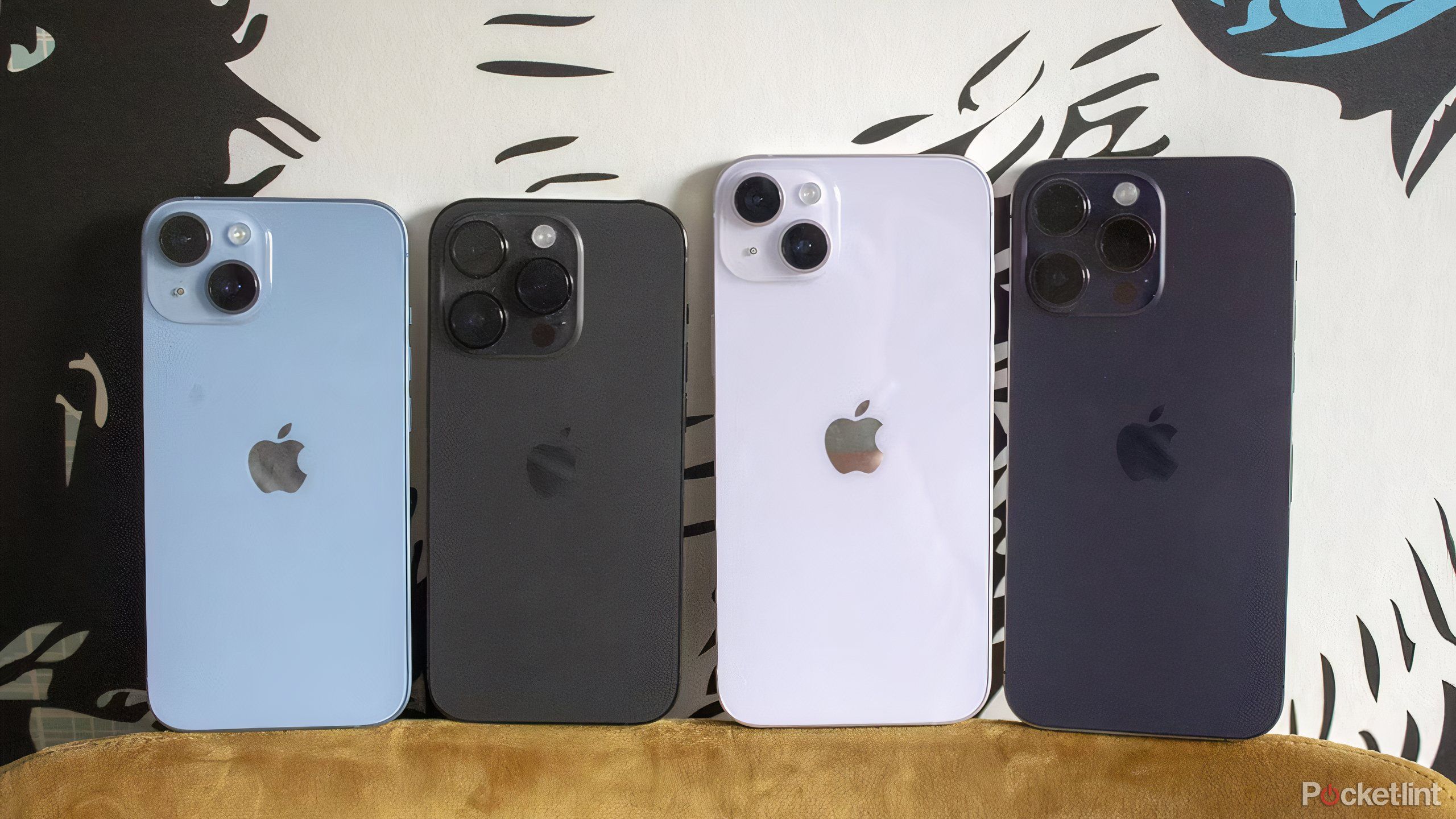-
A good value option
iPhone 14
The Apple iPhone 14 is the base model of the 2022 models, available in five color options and a sturdy design with an IP68 rating. It’s one of the most affordable iPhones available and offers decent performance for browsing, emails, and other daily tasks.
Pros- Lovely color options
- Excellent display
- Good battery life
Cons- iPhone 15 and iPhone 16 have more exciting designs
- No Always-On Display
- Performance upgrades are minor
-
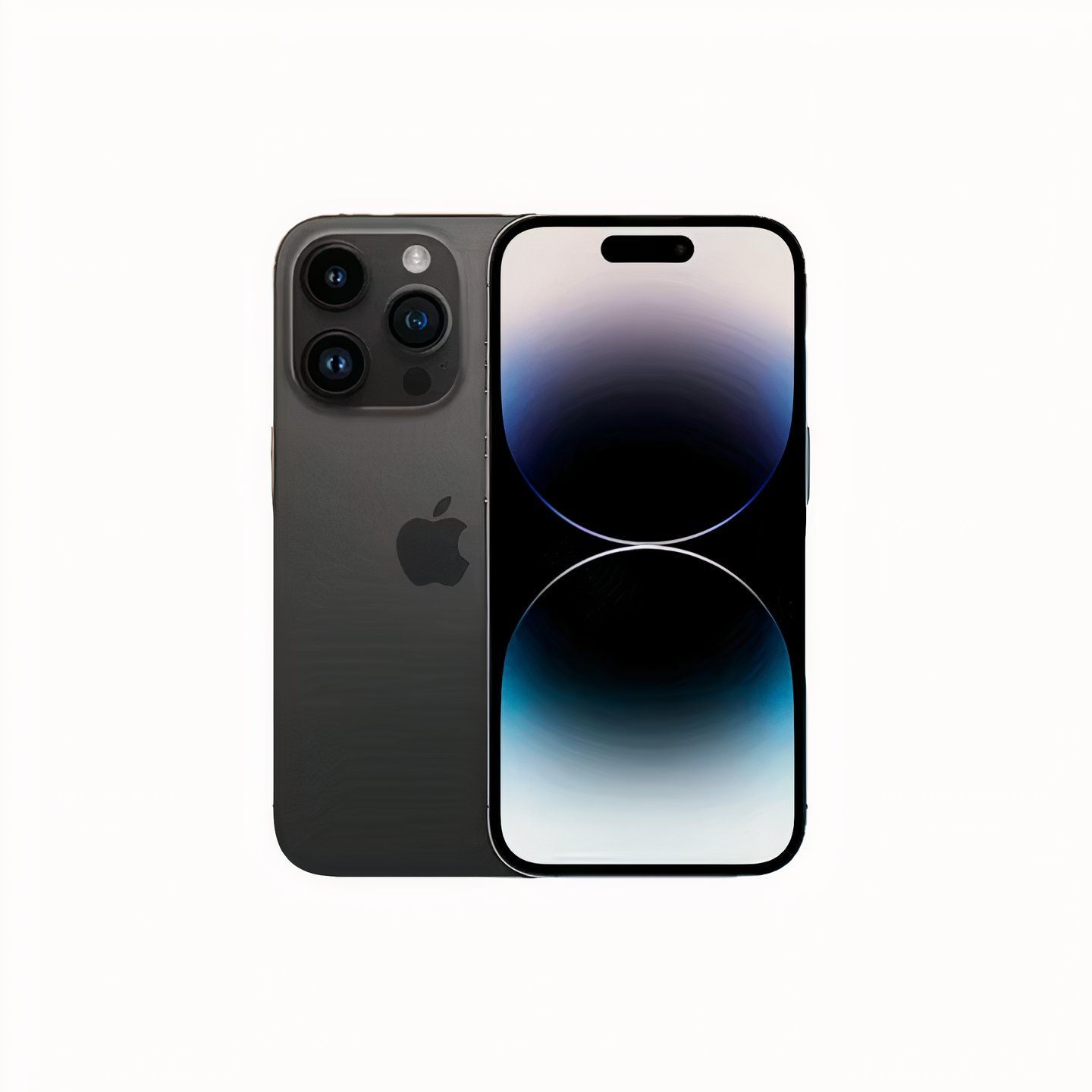
A top choice
iPhone 14 Pro
Apple’s iPhone 14 Pro gets everything right. From the luxurious and durable finish, to cameras and display, it was – up until the iPhone 15 Pro – Apple’s best phone to date.
Pros- Refreshed design
- Great display
- Plenty of power
Cons- Expensive at launch
- Collects fingerprints
- No USB-C
Apple first announced its iPhone 14 series at an event in Cupertino at the beginning of September 2022, with four devices in the range, comprising the iPhone 14, iPhone 14 Plus, iPhone 14 Pro and iPhone 14 Pro Max. A year later, the models were replaced by the iPhone 15 and iPhone 15 Pro models, and most recently, the iPhone 16 series has officially landed on store shelves.
Apple is still selling the non-Pro iPhone 14 models going into 2025, and for the Pro and Pro Max variants, you should be able to get hold of them at other retailers if you don’t want to invest in the latest iPhones from Apple.
We’ve used each of the four iPhone 14 devices extensively, and here we are comparing the four devices against each other based on their published specifications and our experience to help you figure out which might be the right one for you. We used the iPhone 14 Pro Max as our day-to-day device for a year, but that’s not to say it’s the best for everyone. Here is how the iPhone 14, iPhone 14 Plus, iPhone 14 Pro and iPhone 14 Pro Max compare.
If you think you might want an even older iPhone, we have a best iPhone buying guide to help you learn the differences between all the models, and if you’re considering newer models, we’ve got you covered in our iPhone 15 comparison and iPhone 16 comparison features.
Price, availability and specs
The devices have held onto their value quite well
Naturally, at launch, the price differed between the iPhone 14 models, and you probably don’t need us to tell you that. If you’re in the US, thankfully there wasn’t a price hike compared to 2021. In other territories it was a different story though (in particular, there was a hard hit in the UK). The prices were as follows when these models launched:
We’ve kept them in for you to reference. Don’t pay full price for any of them now that they are two years old and have been replaced. You should be able to find deals on all four models now that the iPhone 16 models are available – this especially applies in the case of the iPhone 14 and 14 Plus, which are now listed for $600 / £600 and $700 / £700 on Apple’s website, respectively.
At launch, all four models were available globally, though the color options differ between the standard range and the Pro range. The iPhone 14 and iPhone 14 Plus come in six colors, consisting of blue, yellow, purple, midnight, starlight and Product(RED). The purple is our favorite, though the midnight and starlight are the most subtle. The iPhone 14 Pro and 14 Pro Max meanwhile, come in space black, silver, deep purple and gold. The space black has a lovely finish, though we are also very fond of the deep purple.
In terms of their specs, you can see a brief breakdown below (swipe across to see all models), though keep in mind that specs don’t tell the full story, so if you want more detail on how the iPhone 14 models compare to each other, keep reading.
-
Apple iPhone 14 Apple iPhone 14 Pro Apple iPhone 14 Plus Apple iPhone 14 Pro Max SoC A15 Bionic A16 Bionic A15 Bionic A16 Bionic Display 6.1-inch, OLED, 2532 x 1170, HDR, 1200nits 6.1-inch, OLED, 2556 x 1179, HDR, 2000nits, 120Hz 6.7-inch, OLED, 2778 x 1284, HDR, 1200nits 6.7-inch, OLED, 2796 x 1290, HDR, 2000nits, 120Hz Storage 128/256/512GB 128/256/512/1TB 128/256/512GB 128/256/512/1TB Operating System iOS iOS iOS iOS Front camera 12MP f/1.9, autofocus 12MP f/1.9, autofocus 12MP f/1.9, autofocus 12MP f/1.9, autofocus Dimensions 146.7 x 71.5 x 7.8mm, 172g 147.5 x 71.5 x 7.85mm, 206g 160.8 x 78.1 x 7.8mm, 203g 160.7 x 77.6 x 7.85mm, 240g Colors Blue, Purple, Yellow. Midnight, Starlight, Product(RED) Space Black, Silver, Gold, Deep Purple Blue, Purple, Yellow, Midnight, Starlight, Product(RED) Space Black, Silver, Gold, Deep Purple IP Rating IP68 IP68 IP68 IP68 GPU 5-core 5-core 5-core 5-core Material Aluminum Stainless Steel Aluminum Stainless Steel
iPhone 14 vs iPhone 14 Pro design
Even two years later, the iPhone 14 series looks modern and attractive
The standard Apple iPhone 14 models follow an identical design to the iPhone 13 models, retaining the notch at the top of the display – something the iPhone 15 models have now moved away from. The iPhone 14 Plus looks identical to the iPhone 14 but on a larger scale, as you’d expect.
Like in previous years, that means for both sizes you get dual lenses again, flat edges and an aluminum frame. They also offer IP68 water and dust resistance.
The iPhone 14 Pro models, though, look different to the standard iPhone 14 models, and indeed different to any iPhone that’s come before them. They have been the design inspiration for the latest iPhones too.
The notch has been replaced by what Apple calls the Dynamic Island, a pill-shaped cutout that houses the front camera and sensors, and plays host to animations and widget-like information. Various alerts will appear in the Dynamic Island and it adapts depending on what you’re doing.
For example, if you use Apple Pay, the Dynamic Island will turn into a square, while when you are on a phone call, it will widen and show the call duration and sound waves if you open another app whilst on the call. Overall, it’s a major change to the design language that Apple’s been using for years now, and it feels quite different using the 14 Pro and 14 Pro Max compared to their regular counterparts – in a good way.
The iPhone 14 Pro models also feature a triple rear camera on the back and they are heavier than the standard models, offering a shiny stainless steel frame over aluminum.
iPhone 14 vs iPhone 14 Pro display
The iPhone 14’s 60Hz refresh rate in 2022 was disappointing, but now in 2024, the iPhone 16’s display shockingly suffers the same fate.
The Apple iPhone 14 sticks with the same display size as the iPhone 13, which means a 6.1-inch screen. The iPhone 14 Plus meanwhile, features a 6.7-inch display.
The iPhone 14 Pro also offers a 6.1-inch display, while the iPhone 14 Pro Max has a 6.7-inch screen. All four offer an OLED panel, along with True Tone, Haptic Touch and HDR support, though the Pro models do offer a bunch of extra features including power-efficiency modes that can dim the display more smartly.
The iPhone 14 Pro models again offer the ProMotion adaptive refresh rate, though this time they have a lower minimum refresh rate than the iPhone 13 Pro models, clocking in at a tiny 1Hz. This is great for battery-saving.
Another big boost for the Pro models comes in the brightness department, where they get a huge jump up to 2000nits of peak brightness, which makes a difference when you’re using your phone in bright light or sunshine. It’s worth noting here that this is something that is also now offered by the iPhone 15 and newer models, in case you’re considering the newer devices.
The iPhone 14 Pro models also feature an Always On Display – something most Android phones offer.
The iPhone 14 Pro models also feature an Always On Display – something most Android phones offer, allowing you to see information without your screen being on and unlocked. This cleverly reflects what you have on your Lock Screen under iOS 16 and newer, and it marks quite a big difference in use between the Pro models and the standard models, though you won’t know what you’re missing unless you go from using a Pro model to a standard model.
iPhone 14 vs iPhone 14 Pro specs
Apple’s lead in processing power have allowed the iPhone 14 series to remain competitive, even today
The Apple iPhone 14 and iPhone 14 Plus run on the same chipset as the iPhone 13 Pro, which is the A15 with five-core GPU. For reference, the iPhone 13 and iPhone 13 mini also ran on the A15, but they have a four-core GPU.
The iPhone 14 Pro and iPhone 14 Pro Max, though, run on the A16 chip, which offers a performance boost on the A15 and therefore the standard iPhone 14 models. This is actually the first time Apple has used different chips in its iPhone models of the same series, though it continued this approach with the iPhone 15 series a year later.
Storage options for the standard models are the same as the iPhone 13 models.
Storage options for the standard models are the same as the iPhone 13 models. That means you can choose from 128GB, 256GB and 512GB options. The iPhone 14 Pro models start at 128GB and there are also 256GB, 512GB and 1TB models.
Battery capacity is different between the standard iPhone 14 models and the iPhone 14 Pro models, as well as between the standard and Pro models themselves, with the Plus and Max variants offering larger batteries.
Apple typically measures this in hours rather than milliamps (mAh), and from its comparison pages, if you take video playback as your chosen comparison you can expect 20 hours for the standard iPhone 14 and 26 hours for the iPhone 14 Plus. The iPhone 14 Pro will offer at least 23 hours, while the iPhone 14 Pro Max sits at around 29 hours.
We’ve tested the battery performance of all the iPhone 14 models and the iPhone 14 Plus comes out on top, with the iPhone 14 Pro Max following behind. The iPhone 14 Plus is excellent in this department so if you’re after big screen and big battery, it’s a great option.
iPhone 14 vs iPhone 14 Pro cameras
Still a formidable photographic package
The Apple iPhone 14 and iPhone 14 Plus each come with a dual camera on the rear. You get a 12MP main wide camera and a secondary ultra-wide camera. These are the same resolutions as the iPhone 13, though the main camera has been upgraded to the same as the iPhone 13 Pro, meaning a slightly wider aperture of f/1.5 instead of f/1.6.
The iPhone 14 Pro and iPhone 14 Pro Max meanwhile, got a big upgrade. There’s a 48-megapixel main sensor, along with a 12-megapixel ultra-wide sensor with a wider aperture and a 12-megapixel telephoto sensor. Again, we will mention it as it’s important to know. While the non-Pro iPhone 15 and iPhone 16 devices still don’t ship with a telephoto lens, they did get a bump to a 48-megapixel main sensor that offers 2x optical zoom back in 2023.
The iPhone 14 Pro models are able to offer 3x optical zoom thanks to the telephoto lens and 15x digital zoom. The standard iPhone 14 models have 5x digital zoom but no optical zoom.
The iPhone 14 Pro models are able to offer 3x optical zoom thanks to the telephoto lens and 15x digital zoom. The standard iPhone 14 models have 5x digital zoom but no optical zoom. The Pro models also offer ProRES, allowing you to shoot 48-megapixel raw shots.
There are similar features across all four models, with features like Portrait Mode with Depth Control, Night Mode, Photographic Styles and Cinematic Mode. You’ll also find Action Mode on all four iPhone 14 models, as well as a Photonic Engine, said to improve low light images. All four models offer great results and while the Pro models are superior, the standard models still deliver great point-and-shoot images.
In terms of the front camera, all four models see an upgraded 12-megapixel front camera to include a wider aperture of f/1.9 and autofocus for the first time, which is hugely helpful for selfies and video calls.
iPhone 14 vs iPhone 14 Pro software
Apple Intelligence won’t be landing on any of the iPhone 14 series devices
All four of the Apple iPhone 14 models arrived on iOS 16 initially, though they are all compatible with iOS 17, and are now updated to the recently-released iOS 18. The user experience is pretty much identical across the four models, though as we mentioned, the iPhone 14 Pro models do get some extra features in the camera department, as well as Always On Display and Dynamic Island.
Apple Intelligence, the company’s in-house curation of Artificial Intelligence tools and features, won’t be made available on any of the iPhone 14 models.
You can read all about iOS 17 and what features it offers in our separate feature on the operating system. You can learn more about iOS 18 using this resource, as well as a sneak peek at the upcoming iOS 18.1 release right here.
It should be noted that Apple Intelligence, the company’s in-house curation of Artificial Intelligence tools and features, won’t be made available on any of the iPhone 14 models. For that, you’ll need either one of the iPhone 15 Pro models, or any iPhone 16 series device.
Which iPhone 14 model should you buy at the right price?
Each model is worthwhile in its own right, but the standard iPhone 14 arguably offers the best value in 2024
There are a few differences between the standard iPhone 14 models and the iPhone 14 Pro models, including design, materials, chipset, storage options, battery capacities, display features and camera offerings.
There are also some noteworthy similarities too, like the flat edges, Face ID, iOS 18 software experience, front camera upgrades, and display sizes. On the whole, the iPhone 14 Pro models are more distinct than in previous years thanks to that Dynamic Island more than anything else, though the same applies for the regular iPhone 15 models and the newer iPhone 16 series.
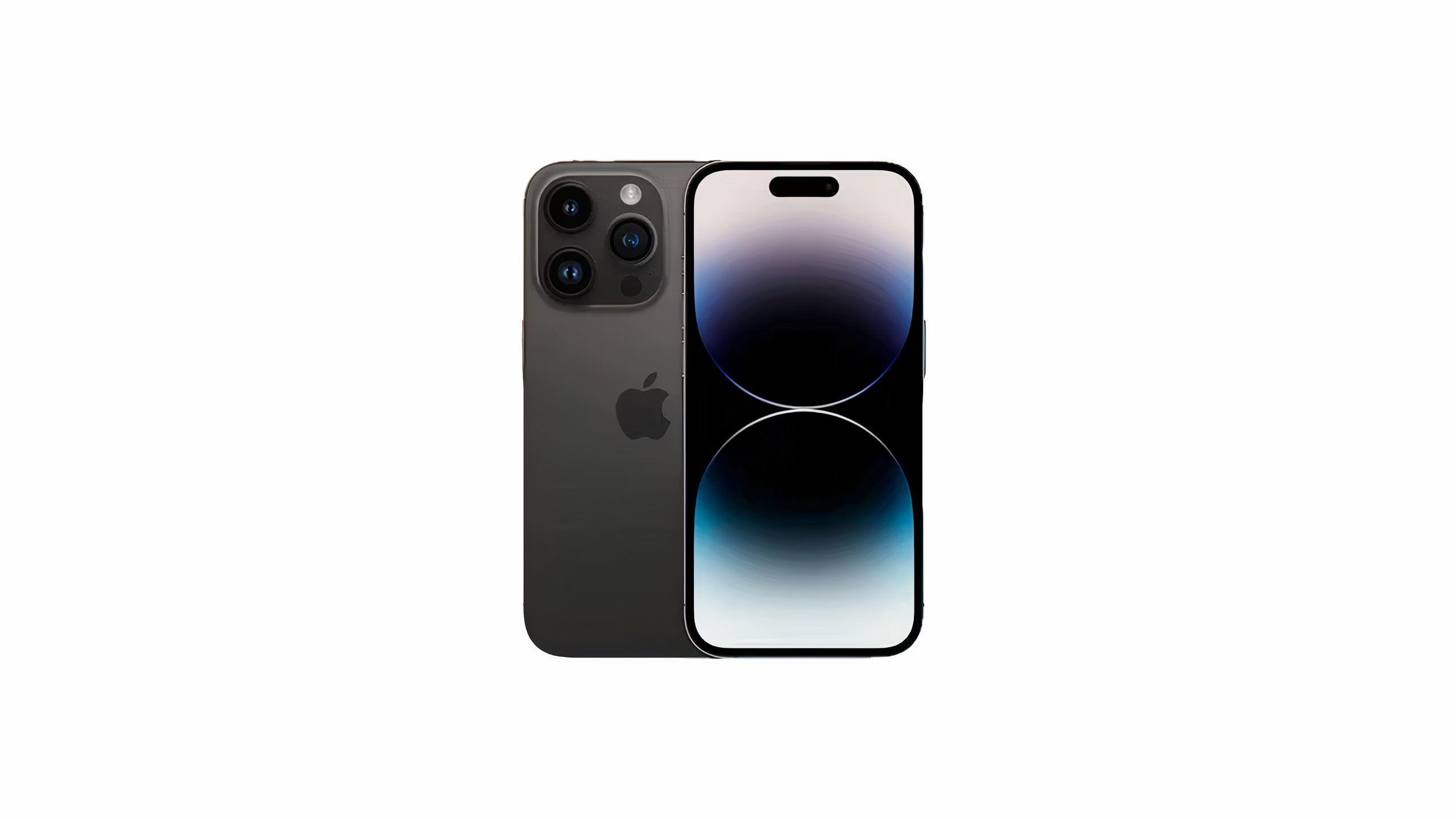
Best iPhone 14 model overall
iPhone 14 Pro
It’s no longer Apple’s latest premium phone, but it’s still a great option to consider if you don’t want to buy the newest models and you can get hold of this one.
For those who want some of the latest tricks that Apple has cooked up but don’t want to shell out for latest the iPhone 16 Pro, the iPhone 14 Pro models are the devices you’ll want to look at. For anyone looking for a great phone that costs less, the standard iPhone 14 options are still impressive – including the bigger-screened iPhone 14 Plus.
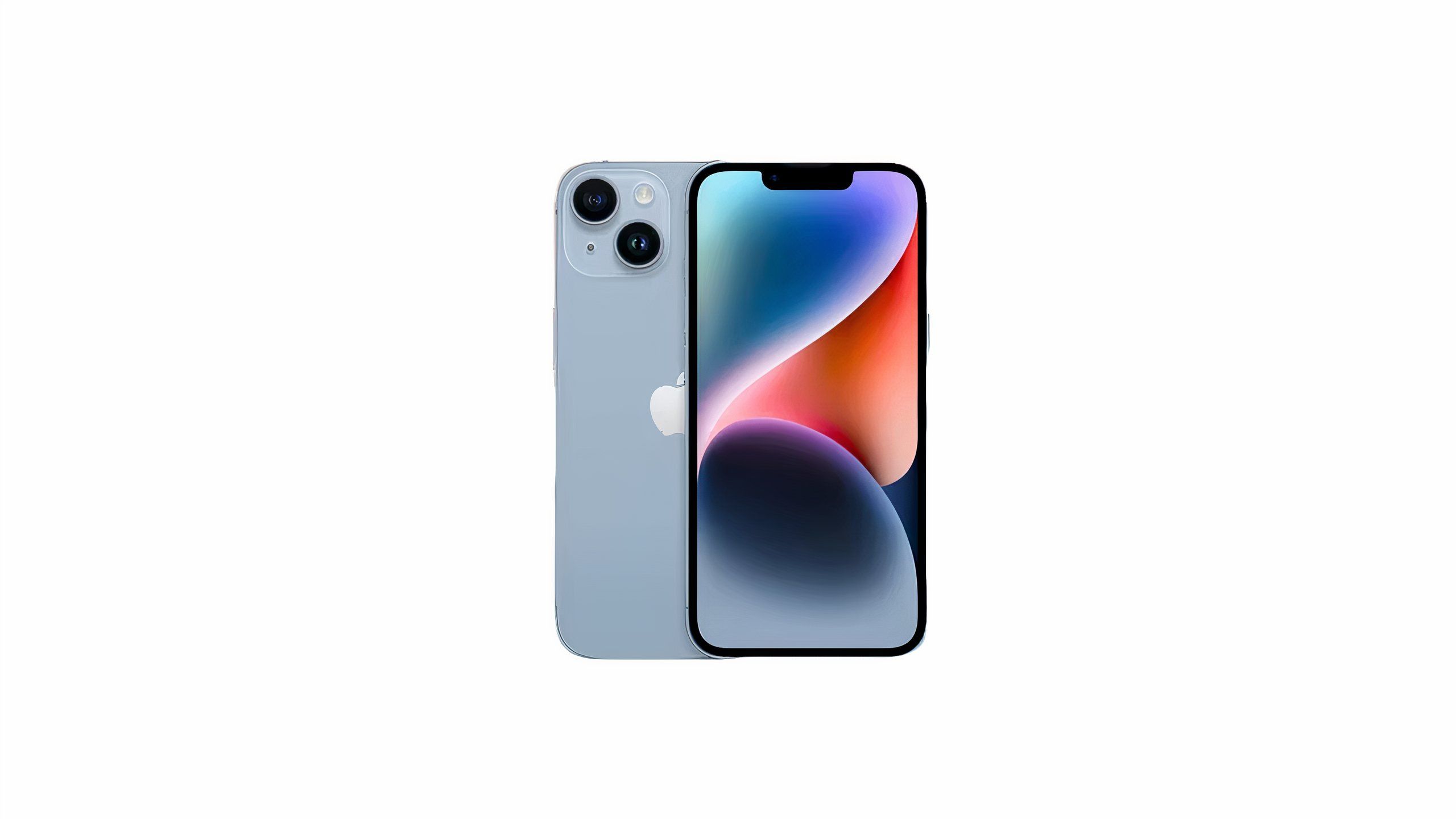
An excellent value overall
iPhone 14
The Apple iPhone 14 is the base model of the 2022 models, available in five color options and a sturdy design with an IP68 rating. It’s one of the most affordable iPhones available and offers decent performance for browsing, emails, and other daily tasks.
Trending Products

Cooler Master MasterBox Q300L Micro-ATX Tower with Magnetic Design Dust Filter, Transparent Acrylic Side Panel, Adjustable I/O & Fully Ventilated Airflow, Black (MCB-Q300L-KANN-S00)

ASUS TUF Gaming GT301 ZAKU II Edition ATX mid-Tower Compact case with Tempered Glass Side Panel, Honeycomb Front Panel, 120mm Aura Addressable RGB Fan, Headphone Hanger,360mm Radiator, Gundam Edition

ASUS TUF Gaming GT501 Mid-Tower Computer Case for up to EATX Motherboards with USB 3.0 Front Panel Cases GT501/GRY/WITH Handle

be quiet! Pure Base 500DX ATX Mid Tower PC case | ARGB | 3 Pre-Installed Pure Wings 2 Fans | Tempered Glass Window | Black | BGW37

ASUS ROG Strix Helios GX601 White Edition RGB Mid-Tower Computer Case for ATX/EATX Motherboards with tempered glass, aluminum frame, GPU braces, 420mm radiator support and Aura Sync


